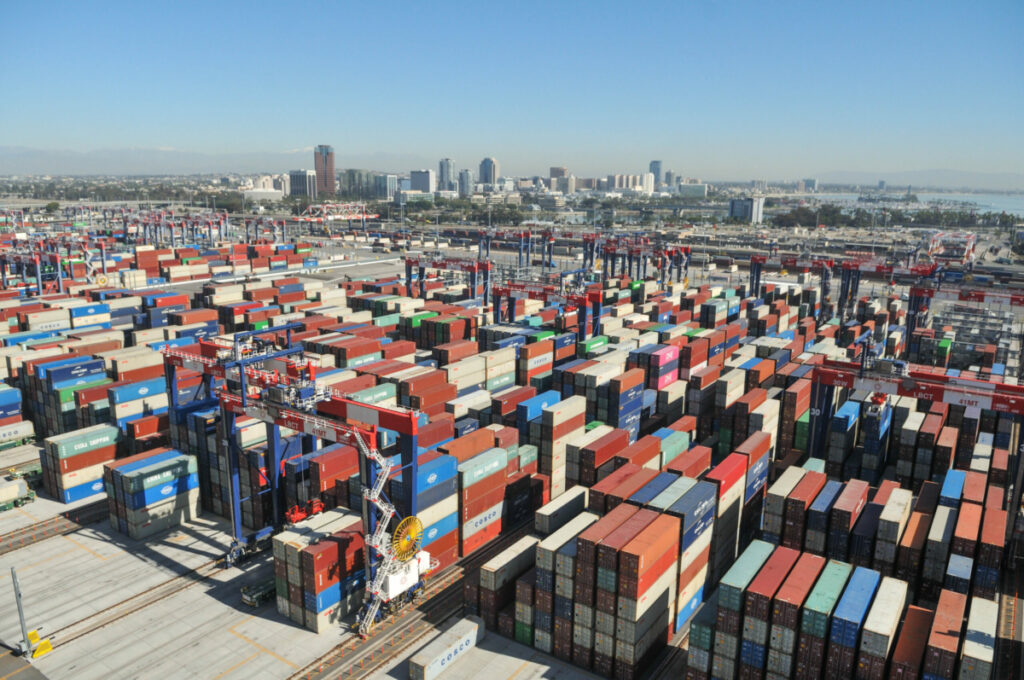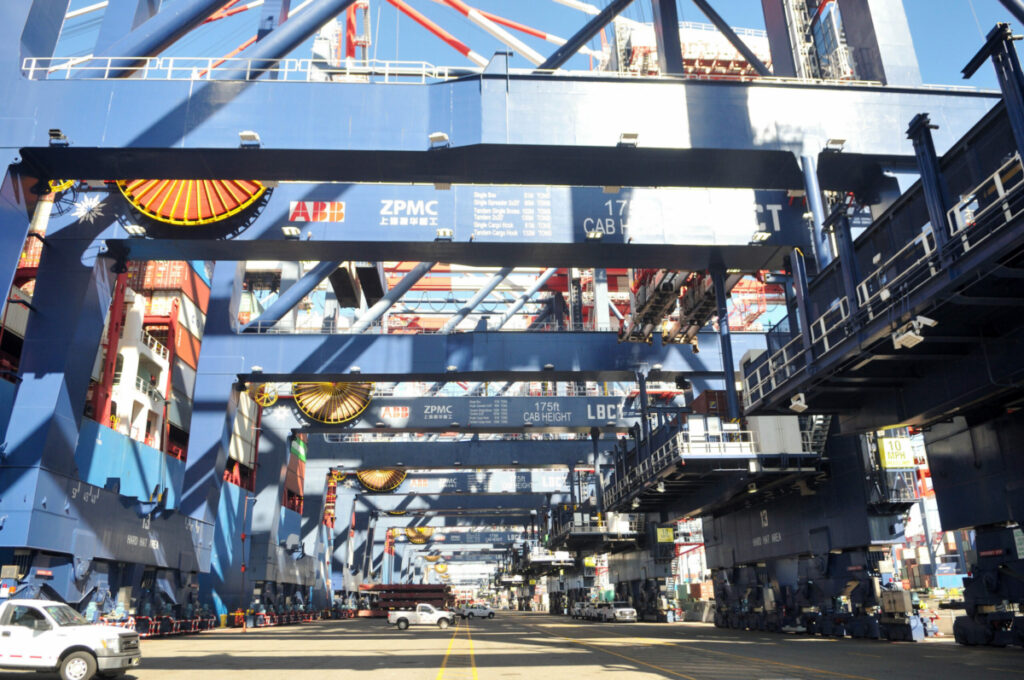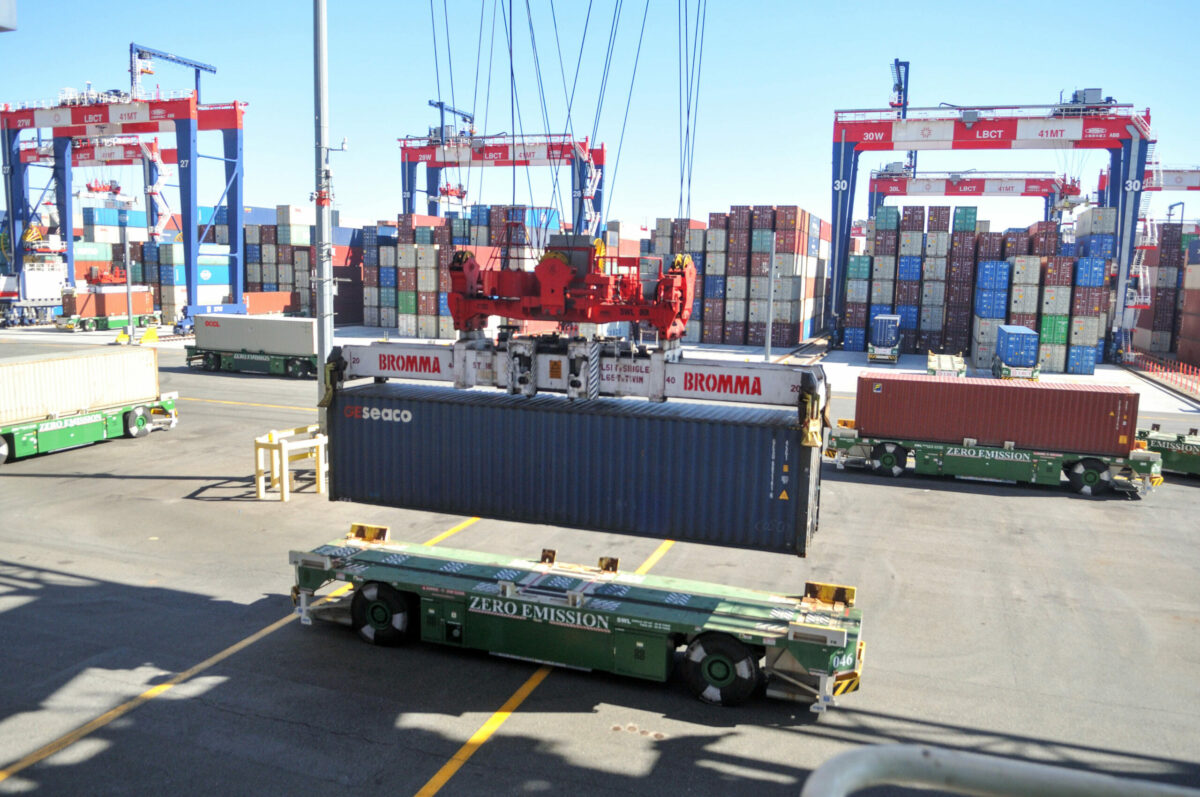Net-zero emissions are well on their way at the Long Beach Container Terminal, located at the Port of Long Beach.
If the operation has its way, it’ll get there by 2030, thanks in large part to a $2.5 billion redevelopment project that has targeted a plethora of ways to electrify the facility’s equipment. Terminal officials showcased much of that new equipment to media earlier this month.
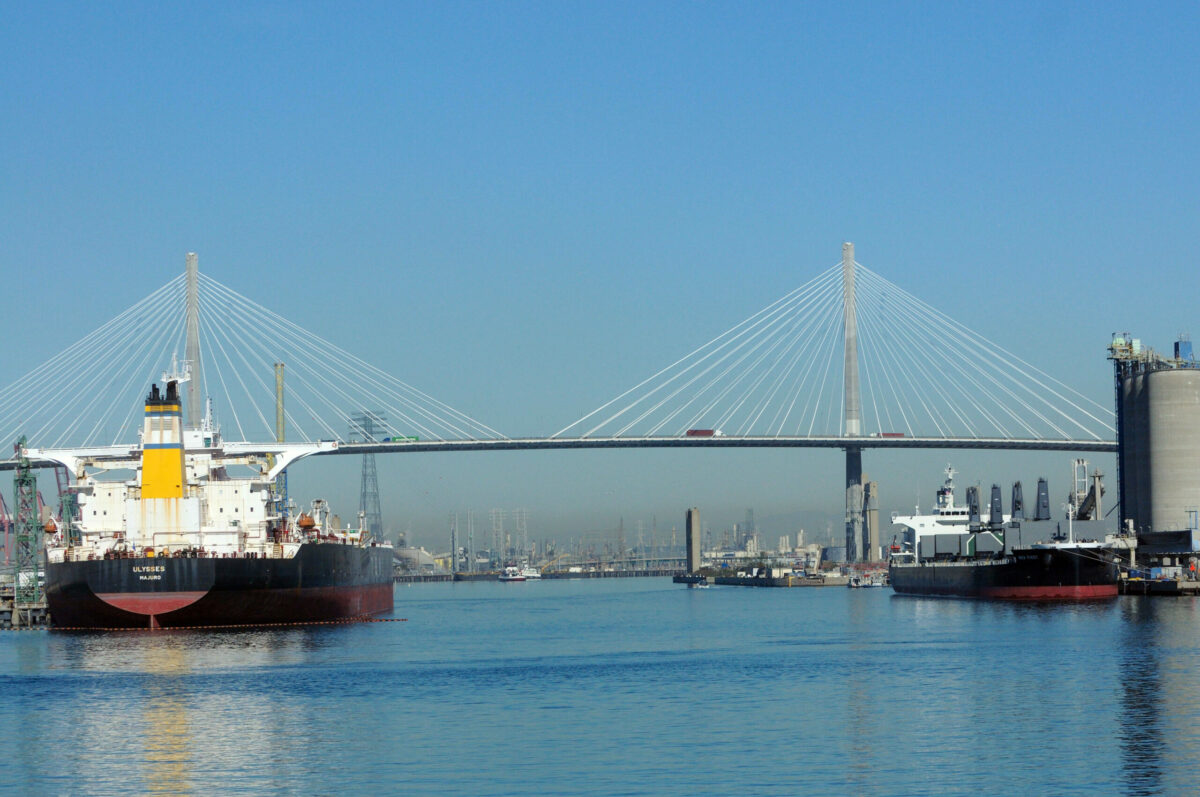
“While climate change poses a significant threat to the movement of goods worldwide, it also presents an opportunity,” Chief Executive Anthony Otto said in a statement. “At LBCT, we’ve clearly demonstrated that through the adoption of green-energy heavy equipment and operations it is possible to dramatically increase our cargo-handling capacity while simultaneously reducing emissions. Our significant investments are now paying dividends.”
Much of that investment includes the machinery that handles cargo as soon as it docks at the port.
There are the electric-powered dual hoist cranes — the largest in the United States — as well as the battery-powered container ground movers. In addition to reducing greenhouse gas operations by 80%, officials say those upgrades have also quadrupled the processing capacity to 3.3 million containers annually.
Spending on equipment
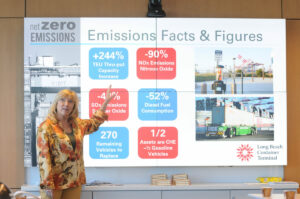
An additional $200 million will be spent in the next several years toward procuring additional zero-emission equipment and producing on-site renewable power generation — including a $30.1 million federal grant to acquire electric yard tractors.
According to data from the Harbor Trucking Association, these upgrades at LBCT have already yielded the lowest average truck idling and total terminal time at the rest of Port of Long Beach as well as at the neighboring Port of Los Angeles.
“Our industry-leading plans should incentivize new clean-energy technologies, further increase our throughput capacity and make LBCT an even brighter climate star in the global supply chain,” said Bonnie Nixon, LBCT’s director of sustainability. “This is more good news for the environment, our communities, our customers and the workforce.”
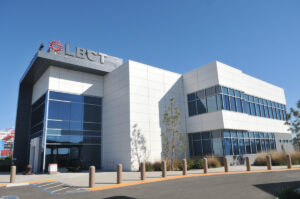
Through these upgrades, LBCT’s plan, called the Net Zero 2030 Climate Action Plan, also serves to benefit the third-party partners who use the facility — because they’re participating in a zero-emissions act, those companies and organizations can count it under their own similar plans and regulations. Similarly, the facility benefits from clean energy provided by Southern California Edison.
“LBCT continues to set the industry standard in terms of its commitment to deploying zero-emission technologies in the maritime sector,” said Joseph Lyou, president and chief executive of downtown-based Coalition for Clean Air. “With the recent release of its Net Zero Action Plan, they are providing a blueprint for carrying that environmental commitment into the next decade. We applaud their efforts in converting cargo-handling equipment to finalize their goals of becoming a completely zero-emission facility by 2030.”
